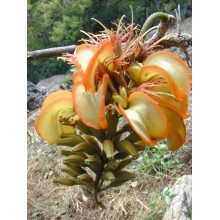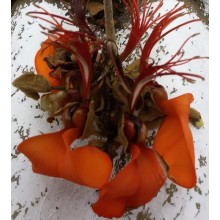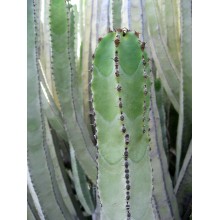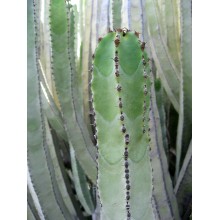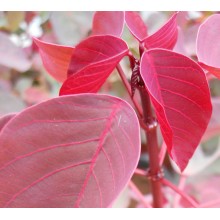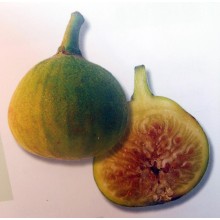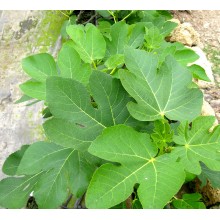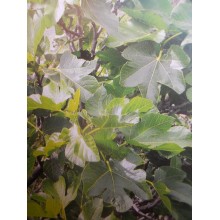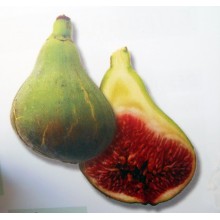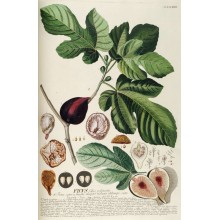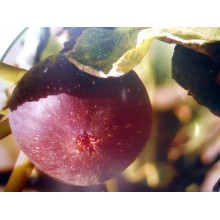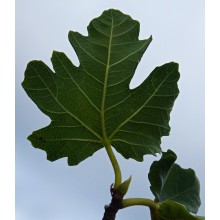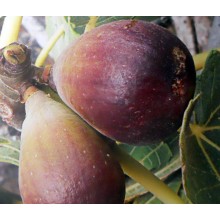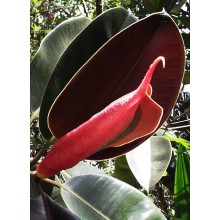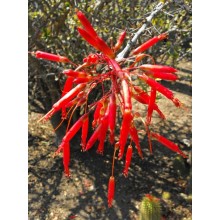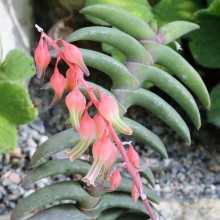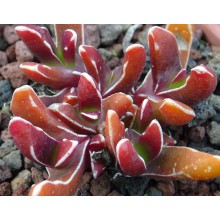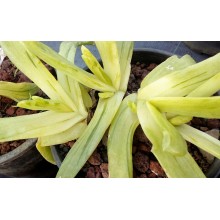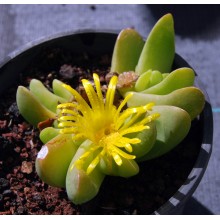Plantes résistantes à la sécheresse Il y a 140 produits.

Dans cette section, nous avons rassemblé toutes ces plantes qui sont adaptées aux conditions arides ou sèches. Normalement, la majorité de ces espèces, qui poussent dans des environnements secs, sont cireuses, succulents, feuillues, collantes, à épines et même plus petites que le reste.
Parmi les plantes résistantes à la sécheresse, vous pouvez retrouver plusieurs espèces comme: le Pithecellobium doux, la Ruta graveolens, le Syzygium cordatum, le Tamarindus indica et bien d’autres.
-
Erythrina sandwicensis
Erythrina sandwicensis
Wili-wili, or Erythrina sandwicensis is endemic to the dry side of the Hawaiian Islands. It is almost a succulent plant, as it often grows on dry lava rock, with a thick trunk. Flower colours range through different hues and each specimen is different: they can be Green to Yellow to different types of Orange.
38,00 € -
Erythrina velutina - Mulungu
Erythrina velutina - Mulungu
Erythrina velutina - Mulungu Majestic tree which is both ornamental and useful, with bright orange-red flowers. It is found in seasonally dry forests of much of South America and it is used in popular medicine throughout most of its range.
42,00 € -
Euphorbia canariensis
Euphorbia canariensis
Endemic succulent from Canary Islands, widespread on the drier and rocky areas of the archipelago.
32,50 € -
Euphorbia canariensis - Large
Euphorbia canariensis - Large
Endemic succulent from Canary Islands, widespread on the drier and rocky areas of the archipelago.
84,00 € -
Euphorbia cotinifolia
Euphorbia cotinifolia
Ornamental shrub with purple leaves and small yellow flowers. This euphorbia reminds the cold-temperate shrub named Cotynus. It is easy to grow in full sun. It is deciduous in winter and it tolerates drought, pot colture and hard winter pruning.
15,80 € -
Ficus carica 'Blanca 1025' - Canarian Fig
Ficus carica 'Blanca 1025' - Canarian Fig
NEW! Traditional cultivar of fig from the Canary Islands
48,00 € -
Ficus carica 'Blanca del Pais' - Canarian White Fig Tree
Ficus carica 'Blanca del Pais' - Canarian White Fig Tree
Local canarian white fig tree.
29,70 € -
Ficus carica 'Breverilla Blanca 915' - Canarian Fig
Ficus carica 'Breverilla Blanca 915' - Canarian Fig
NEW! Hard to find traditional variety of fig from the Canary Islands
44,50 € -
Ficus carica 'Tarajala 917' - Canarian Fig
Ficus carica 'Tarajala 917' - Canarian Fig
NEW! Hard to find traditional variety of fig from the Canary Islands
44,60 € -
Ficus elastica 'Decora'
Ficus elastica 'Decora'
Decora is a classic cultivar of the famous Ficus elastica, with incredible foliage. The new leaves are dark green, almost black, even in large trees.
28,00 € -
Fouquieria macdougalii
Fouquieria macdougalii
Succulent shrub from Sonora in Mexico, with arching branches and showy orange-red blooming. It grows well in cultivation and when co nstrained in a pot, it forms a nice short shrub with a caudex and will also bloom.
38,40 € -
Glottiphyllum difforme
Glottiphyllum difforme
This is the most beautiful and least known species in the genus Glottiphyllum. Few collectors grow it and no pictures in the web show the beauty of well-grown plants.
16,80 € -
Glottiphyllum neilii
Glottiphyllum neilii
The "King of the Glotts" is said to be the largest of all the species in the genus Glottiphyllum. Leaves can get quite red when somehow stressed, It is easy to grow, and just as the rest of the genus Glottiphyllum it is chiefly winter-growing but it does not have a true resting season.
10,70 €
Pour le moment, il ya peu de produits dans cette catégorie Plantes résistantes à la sécheresse
















